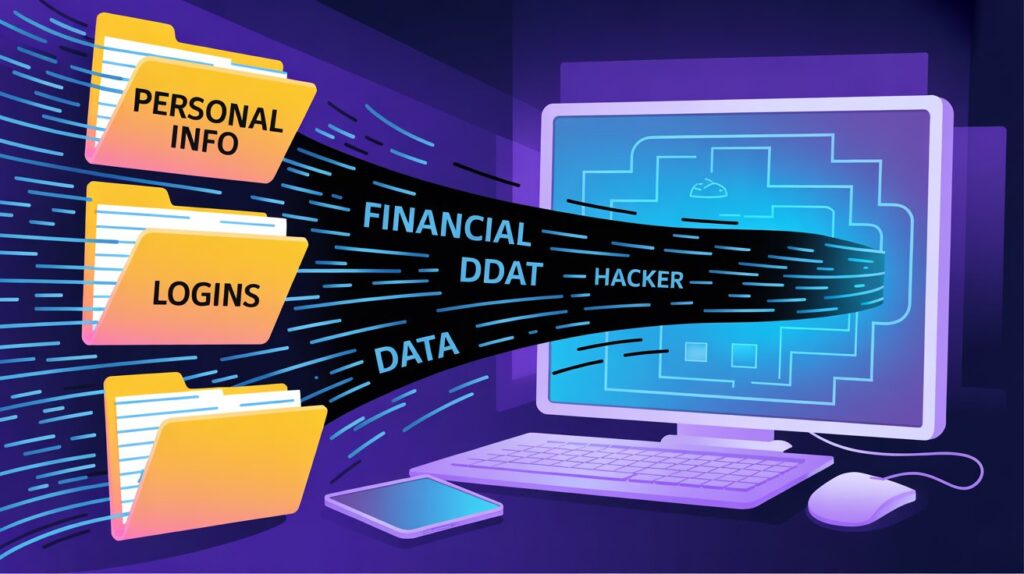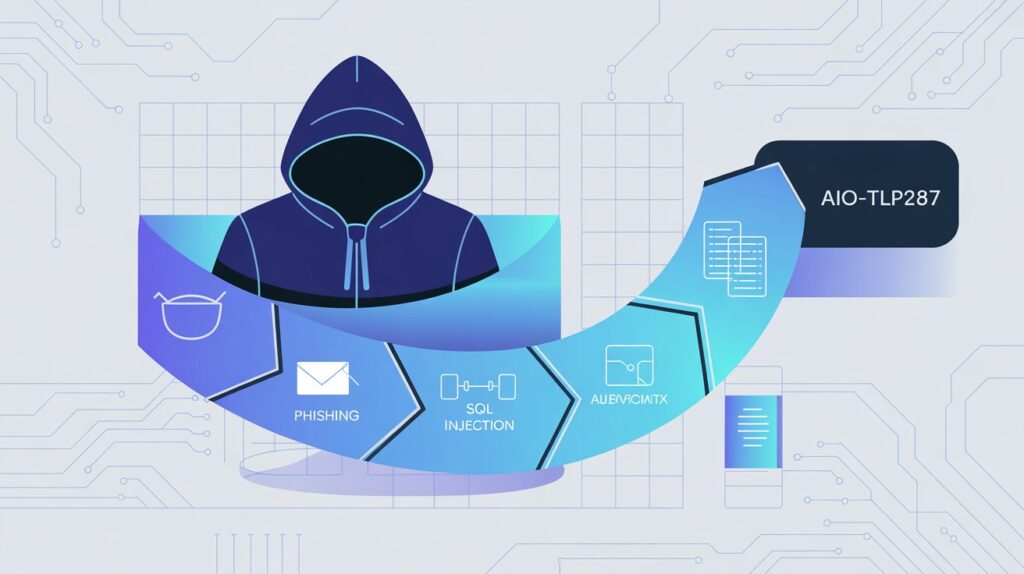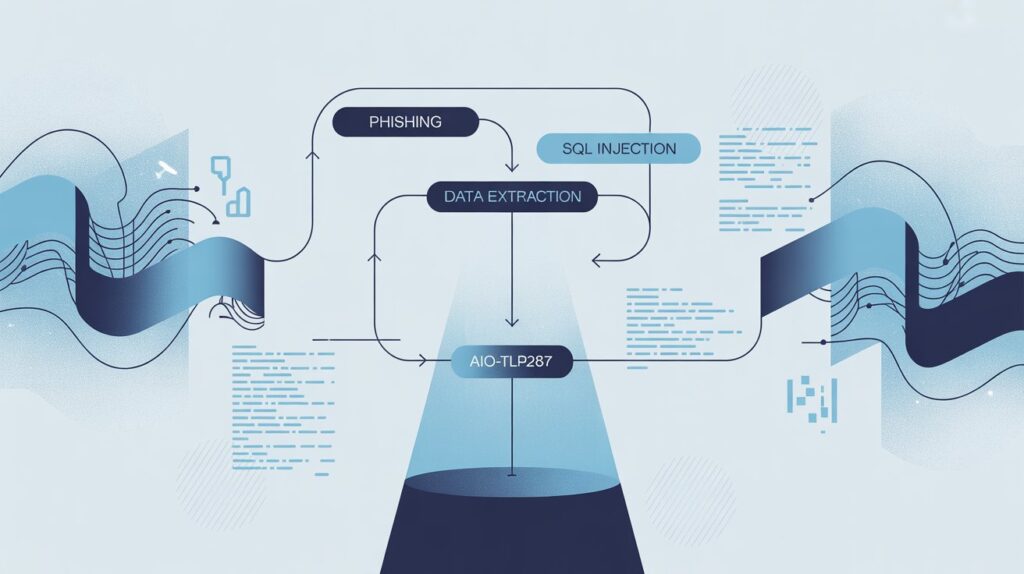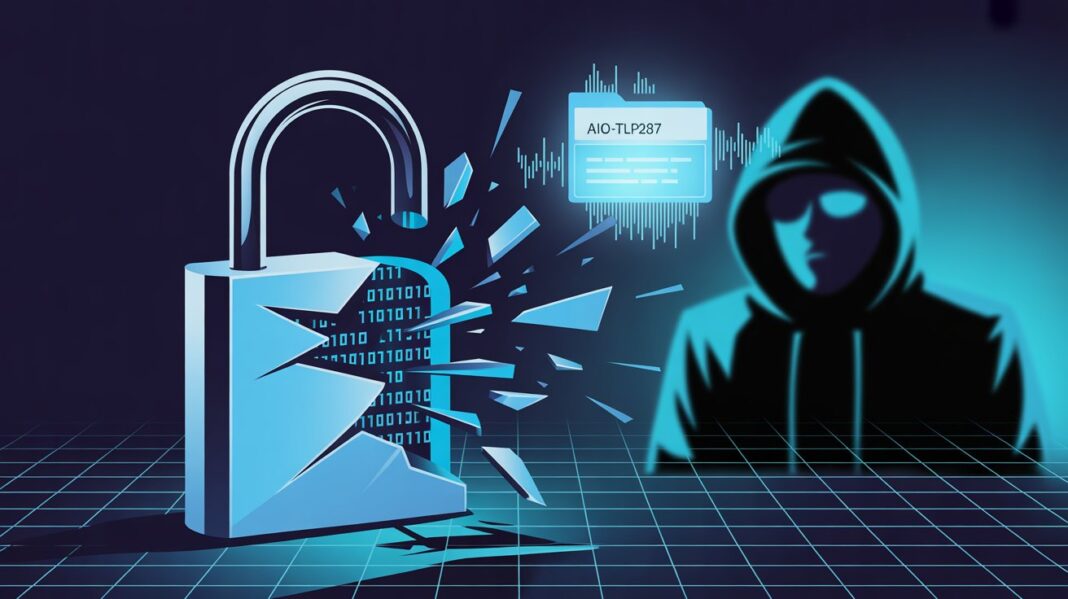Understanding Thejavasea.me Leaks AIO-TLP287
Thejavasea.me leaks AIO-TLP287 refers to a significant data breach that has raised serious cybersecurity concerns. This incident involves the unauthorized exposure of sensitive user information, which can include login credentials, personal data, and possibly financial details. With the increasing number of cyberattacks, understanding the nature of this leak is essential for online safety.
The term AIO-TLP287 often indicates an “All-In-One” leak containing multiple data sets from different sources. Hackers usually compile these leaks and distribute them on underground forums, putting countless users at risk. Thejavasea.me leaks AIO-TLP287 falls into this category, making it a high-priority issue for individuals and organizations.
If your email, passwords, or accounts are connected to the affected platform, you need to act immediately. Ignoring this leak could lead to account takeovers, identity theft, and other severe security consequences.

How Did Thejavasea.me Leaks AIO-TLP287 Occur?
Cybersecurity experts suggest that thejavasea.me leaks AIO-TLP287 happened due to weak security protocols on the platform’s servers. Hackers often exploit vulnerabilities in outdated systems, making it easier to extract large amounts of data. This type of breach shows the importance of regular system updates and strong encryption measures.
The attack may have been carried out through techniques like SQL injection or phishing campaigns targeting administrators. Once the hackers gained access, they extracted and packaged the data into a leak file labeled AIO-TLP287, which later circulated on hacking forums and dark web marketplaces.
This situation demonstrates how critical proactive cybersecurity measures are. Businesses must conduct regular security audits, while users should follow best practices like strong passwords and two-factor authentication to reduce the risk of exposure.

Why Thejavasea.me Leaks AIO-TLP287 is a Major Threat
The primary danger of thejavasea.me leaks AIO-TLP287 is that the exposed data can be misused in multiple ways. Cybercriminals can use stolen credentials to access personal accounts, drain financial resources, or even launch targeted phishing attacks.
Another serious concern is credential stuffing, where hackers use leaked login details across various sites to gain unauthorized access. If you reuse passwords on multiple platforms, this leak poses an even bigger risk. Thejavasea.me leaks AIO-TLP287 could also serve as a resource for large-scale cyberattacks on businesses and individuals alike.
The reputational impact cannot be overlooked either. For businesses associated with such leaks, losing customer trust is inevitable. Individuals may also face long-term identity theft issues if they fail to take action immediately.
Steps to Protect Yourself from Thejavasea.me Leaks AIO-TLP287

To safeguard your accounts, the first and most important step is to change all your passwords. Ensure each password is unique and strong, incorporating letters, numbers, and special characters. A reliable password manager can help manage multiple credentials securely.
Next, enable two-factor authentication (2FA) on all platforms that support it. This additional security layer ensures that even if hackers have your password, they cannot log in without the verification code.
Finally, stay informed about data breaches and regularly monitor your accounts for unusual activities. Use trusted tools like “Have I Been Pwned” to check if your email or username is linked to thejavasea.me leaks AIO-TLP287. Proactive monitoring and timely action can prevent significant damage.
Final Thoughts on Thejavasea.me Leaks AIO-TLP287
Thejavasea.me leaks AIO-TLP287 serves as a wake-up call for everyone who values digital security. Cyber threats are constantly evolving, and no system is entirely immune. The only way to stay safe is through vigilance, awareness, and the consistent application of security best practices.
For businesses, implementing advanced encryption, regular vulnerability assessments, and staff training is crucial. For individuals, using strong passwords, enabling 2FA, and monitoring accounts remain the best defense against leaks like thejavasea.me leaks AIO-TLP287.
In the digital era, protecting your information is no longer optional—it is a necessity. Act now to secure your online presence and minimize the risks posed by leaks like this one.
Read Also: crypto30x.com trust wallet | Secure Crypto Storage Guide
FAQs About Thejavasea.me Leaks AIO-TLP287
Q1: What is thejavasea.me leaks AIO-TLP287?
Thejavasea.me leaks AIO-TLP287 refers to a significant data breach involving sensitive user information. It includes login credentials, personal details, and other confidential data exposed online due to a security vulnerability.
Q2: How did thejavasea.me leaks AIO-TLP287 happen?
This leak occurred due to poor security measures on thejavasea.me, allowing hackers to exploit vulnerabilities in the database. Once accessed, the data was uploaded and shared on various online platforms.
Q3: Why is thejavasea.me leaks AIO-TLP287 dangerous?
The danger lies in the stolen information, which can be used for identity theft, financial fraud, and unauthorized access to personal or corporate accounts.
Q4: How can I check if my data is part of thejavasea.me leaks AIO-TLP287?
You can use cybersecurity tools like Have I Been Pwned or dedicated breach monitoring services to see if your email or credentials are affected.
Q5: How do I protect myself from thejavasea.me leaks AIO-TLP287?
Change your passwords immediately, enable two-factor authentication, and use a password manager. Also, monitor your accounts regularly for suspicious activity.
Q6: Is thejavasea.me leaks AIO-TLP287 linked to other breaches?
Cybersecurity experts suggest that many breaches are interconnected. Hackers often compile data from multiple leaks, so this incident could be part of a larger data collection effort.

